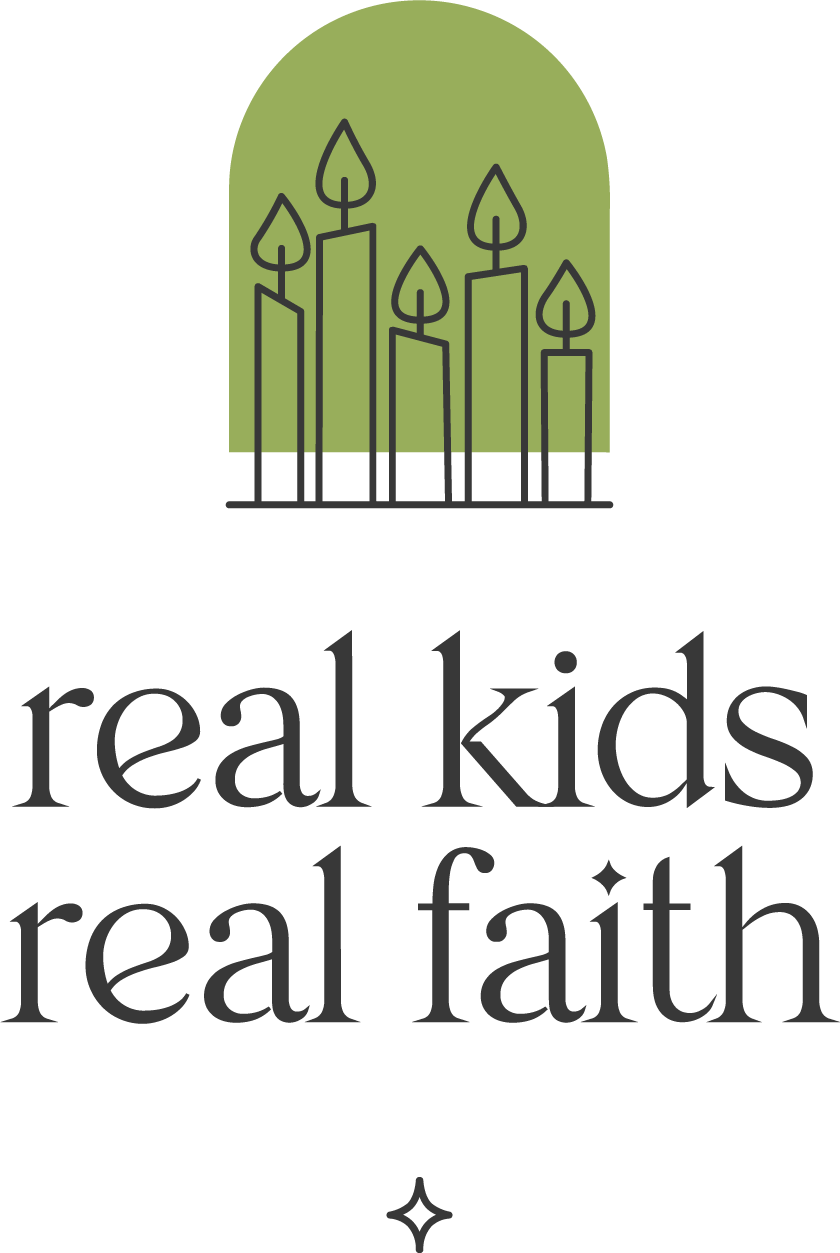Learning to be courageous takes a lot of work. It’s not the same as just being fearless or comfortable taking risks. It involves being able to act for the common good even in the face of fear, pain, opposition, apathy, or grief. It includes the ability to tap into our moral strength to accomplish difficult tasks and right social wrongs. Help kids become more skilled at practicing courage with these activities, designed to help them understand what courage is, how it feels, and why it matters.
Imagining courage. As with the Cowardly Lion in The Wizard of Oz, using their imaginations can help children see themselves as capable of courage. Say: Close your eyes and take a deep breath in (pause) and let it out. (pause) Imagine that you see a small child crying. (pause) A bigger child is calling them names. (pause) How do you feel? (pause) What could you do to change the situation? (pause) Imagine walking toward the pair. What do you say to the smaller child? (pause) What do you say to the child who is name-calling? (pause) Take a deep breath in and out and then open your eyes. Invite kids to share how they imagined themselves being courageous.
Acting courageous. Role-playing scenarios can help children try out different strategies. Prepare a set of index cards that name situations where courage is required. Include things such as ‘you see someone cheating’, ‘you notice a friend pocket something in a store’, ‘you overhear someone tell a mean joke’, or ‘your friend asks you to lie about something’. Invite children to draw a card and then act out 2-3 different ways to handle the situation. Decide together which response requires the most courage.
Courageous amends. Sometimes we do things that hurt or upset others and the only way to fix the situation is by courageously asking for forgiveness and doing everything we can to make things right. Read The Little Wooden Robot and the Log Princess together. Ask children: What did the robot do that put the princess in danger? What did the robot do to save the princess? How did the robot and other characters in the story act courageously?
Feeling courageous. Often, kids feel small and powerless, which affects their courage. Invite them to imagine that they are superheroes who are able to courageously take on earth’s problems. Encourage them to hold their arms perpendicular to their bodies and twist back and forth as if they can reach out to the whole world. Then encourage them to jump up and down while reaching alternate hands to the sky. Finally, take giant steps together from one side of the room to the other, swinging your arms forward and back. Notice how these movements make our bodies feel bigger and more powerful, which can help promote courage. Ask children to show you other kinds of movements that might bolster their courage.
Picturing courage. Recalling others’ acts of courage can help children imitate their actions. Invite kids to draw a picture of a courageous action they have witnessed or heard about. Post their images on a physical or virtual Wall of Courage. Encourage them to visit the Wall often and also carry a printed or digital photo of the Wall with them as a reminder of what courage looks like.
Measuring courage. Courage can be expressed in smaller and larger ways. Invite children to identify situations that require a courageous response (e.g., bullying, hate speech, ridiculing others, sexism, deceitfulness). Then, using a 1-5 scale, encourage children to come up with a small (1) courageous response, then a bit larger (2) response, and so on until they name a really big (5) act of courage. Note their responses on a table, with situations listed in the left column and responses in five numbered columns to the right. (See table template in Related Resources.)

Comments